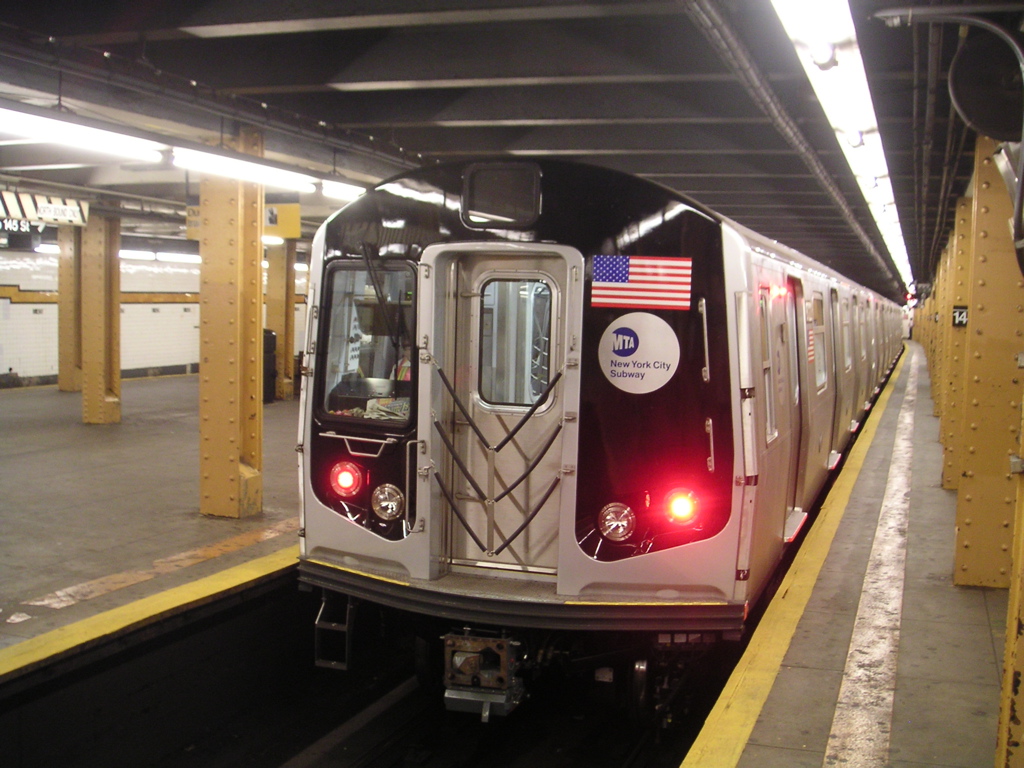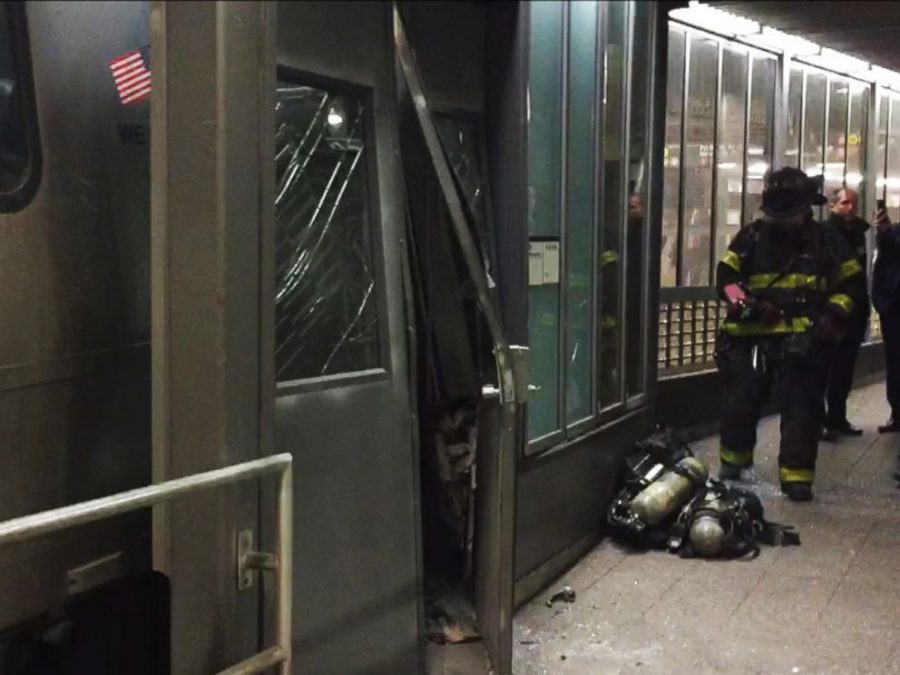Commuter Train Crash in Brooklyn
A very crowded commuter train crashed into a bumper block and partially derailed as it pulled into Brooklyn’s Atlantic Terminal on Wednesday morning. The New York Fire Department says that at least 103 out of the 430 passengers sustained non-life-threatening injuries and one passenger broke his leg. According to a representative for the New York Fire Department, “One of the rails actually pierced the bottom of the train … We are fortunate we didn’t have more serious injuries.”
The crash was caused by a failure to stop when the train reached the terminal, it slowed to approximately 15 miles per hour before it crashed into the buffer. This collision derailed two cars, shattered several glass windows, and sent the whole terminal up in smoke. Passengers who were closer to the impact were sent hurling on top of each other. One passenger said that she heard a big thump, and then the scene was total pandemonium, with passengers falling on top of each other and screaming. “There were people crying,” said Aaron Neufeld, a 26-year-old paralegal who commutes on the rail line daily. “I saw some bloody faces.” Neufeld, who was riding in the second car, said the train appeared to be approaching normally until it crashed, knocking passengers on top of one another and shattering glass windows. “Bags went flying,” he said. “People were thrown to the ground.”
Some people were removed from the wreckage on stretchers. Others sat, stunned, on the pavement outside – bleeding, holding ice packs on their heads, rising and limping away with help from rescuers. “The entire structure started shaking,” said Steven Medina, who was having coffee at the terminal when he heard the crash and screams. “I thought a bomb had gone off or something.”
One passenger from Queens, after being tossed around like a ragdoll, announced plans for a $5 million lawsuit against the commuter line. Clifford Jones, after fleeing the last car of a crashed train, was first in line Thursday with plans for legal action. “I feel really, really bad,” said Jones, a city social services case manager. “I have neck, shoulder and knee pain … It was like a horror scene. A lot of people were crying, upset.”
The cause of the crash is still under investigation, and the engineer of the train provided no help in determining what went wrong. He gave a statement saying that he was unable to recall striking the end of the track. The 50-year-old engineer was making the next-to-last trip of a long shift that started at midnight when the wreck occurred at 8:20 a.m. The unidentified operator, who joined the LIRR in 1999, had returned to work after a three-day New Year’s weekend. The NTSB was awaiting results of drug and alcohol tests done after the wreck, and the engineer insisted he was not on his cell phone at the moment of impact.
Governor of New York Andrew Cuomo spoke out about the crash, saying that they were lucky it was a relatively minor accident. He also said that when the train is slowed to that speed, it is the job of the engineer to stop it fully, insisting that the crash was likely a result of human error. Metropolitan Transportation Authority Chairman, Thomas Prendergast, said there is “a signal system that controls it coming in at limited speeds. But when you’re getting to the end it’s the locomotive engineer’s responsibility. And the train’s brakes have to work. All those things have to be looked at in the investigation.”
Cuomo emphasized that Wednesday’s incident was “minor” compared with the crash at Hoboken Terminal in New Jersey on Sept. 29, 2016, which killed one bystander and destroyed part of the historic train terminal. The National Transportation and Safety Board and the Federal Railroad Administration are involved in the investigation of the crash.

New York Subway Train via commons.m.wikimedia.org under the Creative Commons licence.

Oh hey! My name is Cole P., and I am a junior at Air Academy. I work hard and have a passion for writing. Also, I am considered a bit of a legend around...














Amber Musselman • Jan 17, 2017 at 12:08 pm
whoa that’s scary!